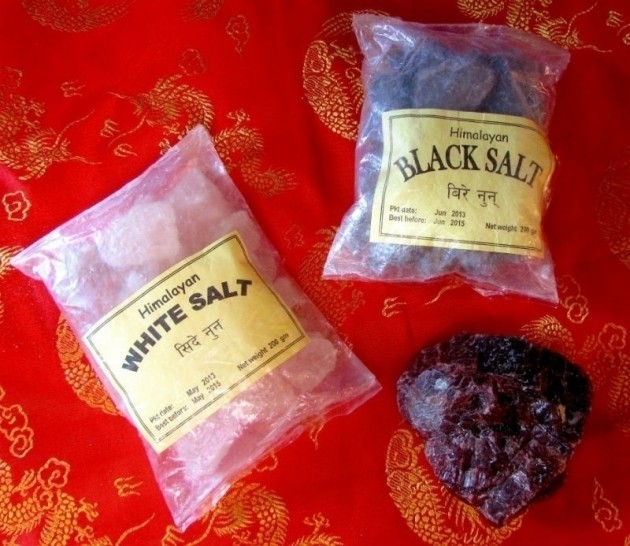There are 4 major kinds of hepatitis: type A, type B, type D, and type non-A, non-B. The disease is viral in origin and although types A, B, and D can be distinguished by their antigenic properties, all four display a clinically similar picture. Other less common infective causes of hepatitis include infectious mononucleosis, yellow fever, cytomegalovirus, and leptospirosis. Hepatitis may also follow exposure to substances like carbon tetrachloride, benzene, tetracyclines, amanita mushrooms, arsenic, phosphorus and alcohol.
Hepatitis A: The associated microorganism is an enterovirus and the disease is spread by the fecal-oral route. It
is contagious during the incubation period of 2-6 weeks but only for a few days once symptoms appear. Epidemics are frequent, as the virus is spread very easilly through food and water. Often, the disease may be so mild it is unrecognized and only blood work would disern the virus's presence. It does not create a carrier state and does not lead to chronic liver disease. Unlike the other hepatitis types which are seen in all ages equally, hepatitis A
is seen in mostly in children and young adults.
Hepatitis B: This type has a more varied range of expression, including subclinical carrier state, acute hepatitis, chronic hepatitis, post-hepatic necrosis, and liver cancer. Hepatitis B is spread parenterally, most notably through the infected needles of drug addicts; spread through sexual relations is possible, but of a much lesser risk. Medical personnel, especially surgeons, dentist, dialysis staff and others in contact with blood are at particular risk for accidental transmission. The incubation time ranges from 4-25 weeks (average is 30 days).
Hepatitis C: Hepatitis C, in particular, is an AIDS-like virus that is spread via blood -to-blood contact. It is unclear, however, whether the C strain is spread through semen or saliva. Formerly know as "non-A, non-B," hepatitis C was identified in 1989, when a test for specific antibodies to the virus became available. The most common modes
of transmission include blood transfusions prior to 1992, IV drug use, hemodialysis, tattooing, sharing razors and toothbrushes, body piercing and cocaine snorting. Sexual intercourse is not a common mode of transmission.
Hepatitis D: This can only infect a person who is in a carrier state of hepatitis B.
Signs and Symptoms
May range from a minor flu-like illness to a severe liver disease ending in hepatic failure and death; there are
usually several distinct stages:
Anicteric phase:
- malaise
- fever
- aversion to cigarettes
- altered liver function tests
Preicteric phase:
- malaise myalgia
- enlarged, tender liver weakness
- headache anorexia, nausea and vomiting
- fever dark urine
- occasionally a patient will experience arthalgias and hives
Jaundice phase: follows 3-10 days later
- liver enlarged and tender; the edge is smooth
- mild splenomegaly is present in 15-20% of patients
- dark urine and jaundice including the sclera; jaundice worsens for 1-2 weeks and then gradually disappears during the 2-4 week recovery period; when the jaundice appears, most patients begin to feel better, as the systemic symptoms decline
Lab findings
- AST/SGOT: 1000-3000 units (does not correlate with disease severity)
- ALT/SGPT: 1000-3000 units (does not correlate with disease severity)
- (+) urinary bilirubin
- differential: atypical lymphocytes
- WBCs: low normal
- (+) serum bilirubin (usually direct)
Suggested Nutritional Supplementation
- Wellness EssentialsTM - 1 packet twice daily.
Base nutrition with essential fatty acids and detox support.
- Liv 52 - 3 tablets 2-3 times daily.
An ayurvedic herbal preparation for liver health and regeneration. Documented to be a value in hepatitis.
- Lipogen - 1-2 tablets each meal.
A superior lipotrophic formula for nutritional support of liver function.
- Ultra Potent C-1000 - 2-3 tablets 2-3 times daily.
Ultra Potent-C 1000 is the same exclusive, patented formula as Ultra Potent-C® 500, but with 1,000 mg of
vitamin C per tablet and a higher potency metabolite support system.
For Hepatitis B add:
- NAC (n-acetyl-l-cysteine) 600 mg - 2-4 capsules daily. NAC has demonstrated anti-hepatitis B activity.
- Mycotaki - 3 capsules daily.
Mycotaki is a powerful formula that features a concentrated water extract of 7 nourishing mushrooms with an extensive history of use in enhancing human health.
For Hepatitis C add:
- Meta-Lipoate - 1-2 capsules 2 times daily. High quality alpha lipoic acid.
- Silymarin 80 - 2 tablets 2-3 times daily. High quality milk thistle extract.
- Selenase - 2 capsules 2-3 times daily.
Naturally chelated selenium.
A combination of lipoic acid, silymarin, and selenium. This regimen was selected as a conservative treatment for hepatitis C because these substances protect the liver from free radicals and provide antioxidants that interfere with viral proliferation. Patients who followed this triple antioxidant program recovered quickly, and their laboratory values remain remarkably improved.
Dietary Suggestions
- FirstLine Therapy® Diet






